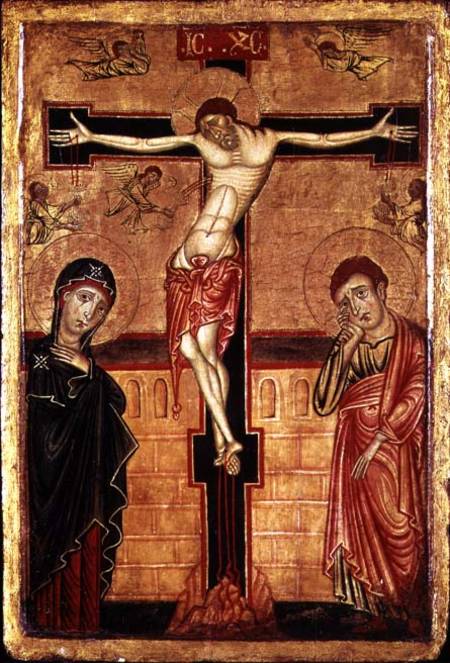A text based on the homily given at the Annual Guild of Guides Service last week. It was a reflection on Samuel and Eli - learning to recognise the voice of God calling us.
First of all, on behalf of Chapter this service is an opportunity to say thank you for all that you do as Guides: for many people you are the human face of this amazing sacred place. You welcome, inform, inspire and engage. You greet people in their curiosity, joy and sorrow; the first time visitors familiar faces and, at the moment especially, the builders and tradespeople working here.
For all of that thank you. Thank you in particular for doing what you do in the midst of a time of transformation, which is disruptive. I hope that amidst the scaffolding and boarded floors, you and others will glimpse something of the transformed vaulting and improved access.
This annual service often falls during Lent, when we are reminded of our journey of prayer and discipline in preparation for Holy Week and Easter; when we call to mind Jesus’ time in the wilderness captured in our opening hymn (Forty days and forty nights). That is appropriate for us on a journey of restoration - in terms of the building and our life together.
However, today’s readings and music capture another theme which is appropriate for us in our ministry here: that of listening to the voice of God. In Samuel’s story we hear echoes of our own.
Samuel was Hannah’s son: she’d longed for a child and prayed with wordless urgency that she might conceive. When she did give birth she dedicated her child to the Lord. She entrusted hi into he care of Eli, that he might minister to the Lord in the Temple.
Like you, he spent his time in a sacred place: attentive to its rhythm of prayer and worship; attentive to the space itself, its story and the way in which is spoke of God.
Like you, he was attentive to the people who came and went; attentive to their motivations and needs. To the anxious and those seeking consolation; to the familiar faces and those passing by, perhaps he was also attentive to craftspeople and builders. I like to think so any way!
The temple, like this place was set apart for attention to God. Yet we heart that the word of the Lord was rare; that visions were not widespread. Was it that the Lord no longer spoke? Or was it that in certain circumstances people had stopping listening for it? Perhaps in the midst of disruption we wonder if the word has become rare. Does the pace of transformation make us doubt the vision?
Yet the lamp of God had not yet gone out in the Temple. Nor has the lamp of God gone out for us. This building has been prayed alive. It speaks of the light and glory of God; If we look beyond the scaffolding, we see restoration; if we look beyond the lack of heating, we see a more accessible building.
The light of God still shines beyond bricks and mortar. This place is dedicated to the glory of God still shines as a beacon on a hill. Whatever the headlines say, we are very much open! Our rhythm of worship breathes life into architecture. In our Lady Chapel a light shines. Over the aumbry it burns. It shines reminding us of the presence of God with us. In bread and wine, the body of Christ is present. And that same light shines in us, as members of his body.
Although Eli’s eye’s had grown dim, he had not completely lost his sight. Nor had he totally lost is spiritual vision. His sons had gone astray; but here he is able to guide and teach the young Samuel how to listen, to hear, to discern and respond. Despite his short comings he offices advice - he understands who it is that is speaking. Samuel. Samuel. Samuel.
We are still called by name, but sometimes we too need to help each other to hear. God hasn’t stopped speaking - do we like Eli perceive what is going on? Can we recognise, advise, reassure and guide? Through all the challenges and disruptions we face, God continues to address us by name. Through all the new things - leaflets, resources, the interpretation and a transformed building - perhaps others will hear God’s voice afresh too. And it’s a message which will make our ears tingle! Speak Lord, for your servant is listening.
I want to end with some words written by +George Reindorp in 1963 as he talked about this place as a house of prayer and worship and a centre of learning. He speaks of this cathedral belonging to everyone: ‘more than 2 1/4 million visitors (okay, we don’t quite hit that number!) in a steady stream are welcomed by our magnificent band of Guides and Cathedral Chaplains. The glorious Angel by day and night will beckon many more. The Garths will give them warmth and shelter as soon as they arrive”.
May we take hope and encouragement from this as we seek to invite and welcome.
Speak Lord, for your servant is listening. Speak Lord we are listening.
© Julie Gittoes 2017











